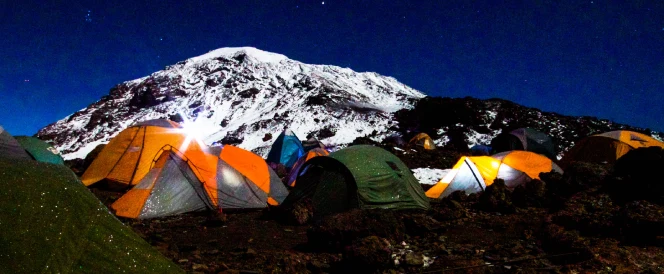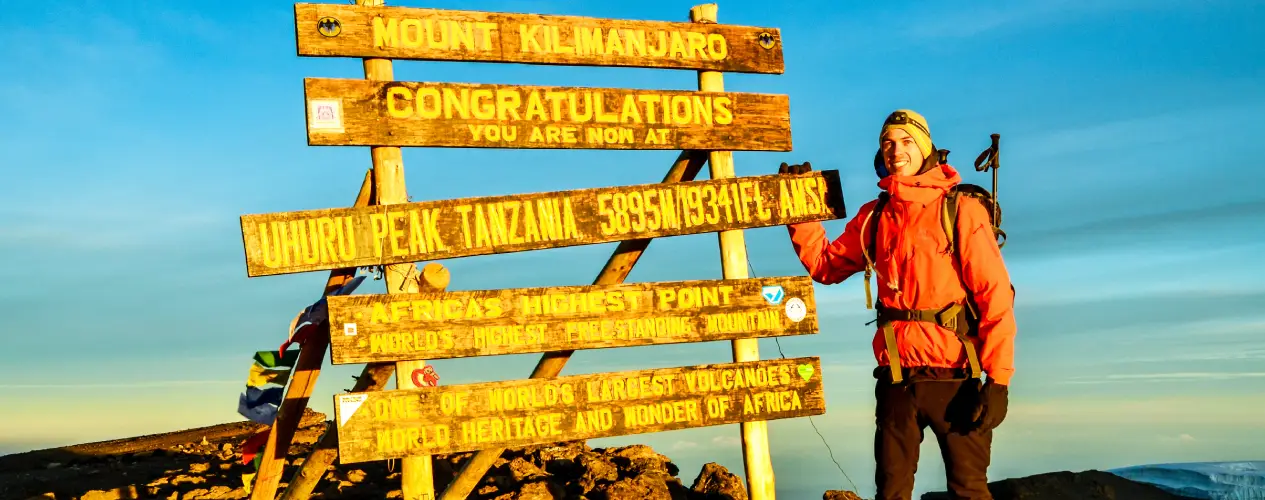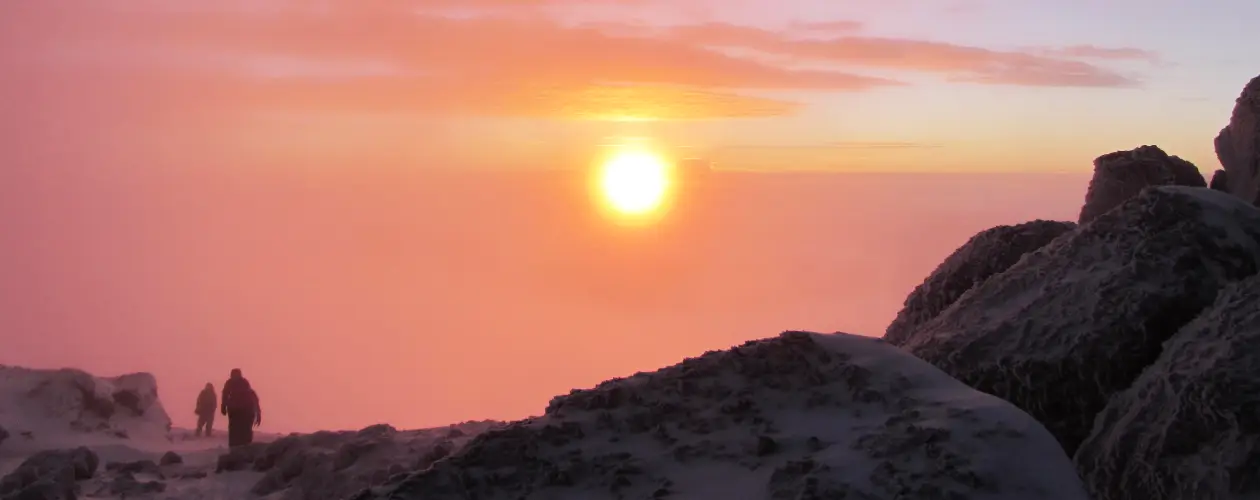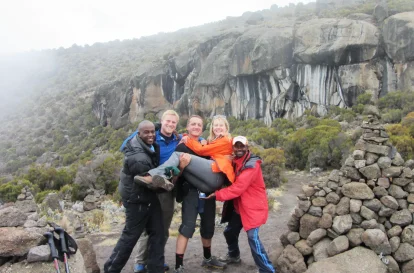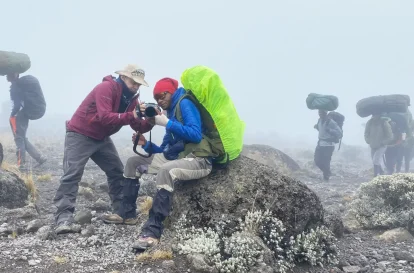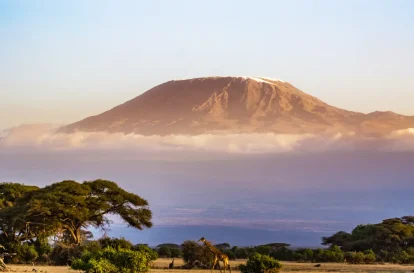Best Kilimanjaro Routes
UPDATED IN 2025
Choosing the Best Kilimanjaro Route
With seven main routes ascending Africa’s highest peak, Kilimanjaro offers diverse experiences for every trekker. Each path boasts unique advantages, from smoother acclimatization and breathtaking scenery to the comfort of hut accommodations or a quieter, more secluded trek. This guide will help you navigate these options and select the perfect route for your adventure.
How To Find Your Ideal Kilimanjaro Route
Seven distinct routes lead to the summit of Kilimanjaro, the “Roof of Africa.” Explore the Lemosho, Machame, Marangu, Rongai, Northern Circuit, Umbwe, and Western Breach routes to find your perfect ascent.
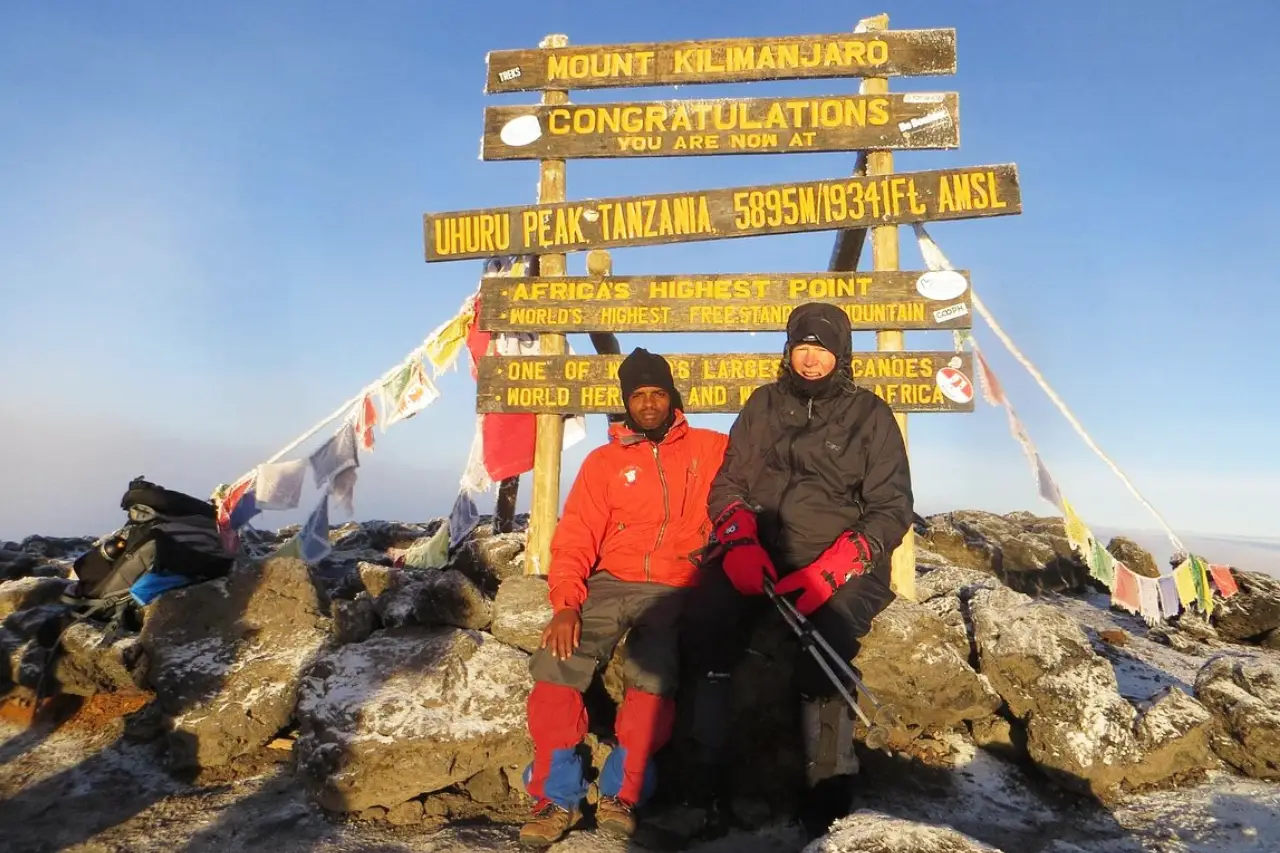
Beyond choosing a specific route, itinerary length plays a crucial role in your Kilimanjaro success. Most routes offer multiple variations, like the Lemosho route’s 6, 7, and 8-day options. Each variation provides a different acclimatization profile. While a shorter trip might be tempting, longer itineraries generally lead to much higher summit success rates due to better acclimatization.
If you’re unsure which route or itinerary best suits your Kilimanjaro adventure, this guide will walk you through the unique advantages and disadvantages of each option.
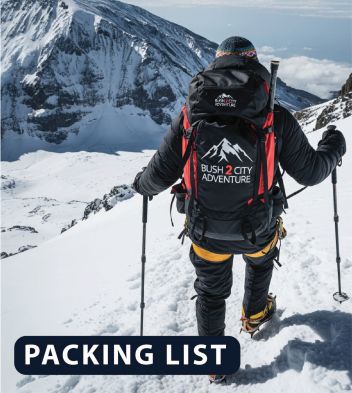
Kilimanjaro Packing List
Everything you should know about gear for climbing the highest mountain in Africa
Which Kilimanjaro Route is Right for You?
The “best” route isn’t a one-size-fits-all answer; each path presents a distinct set of pros and cons. To clarify your options, we’ll tackle some of the most popular inquiries below.
The Ultimate Question: Which Kilimanjaro Route Should You Choose?
For a swift answer, the 8-day Lemosho and 7-day Machame routes stand out as top favorites among the Bush to City’s Team and our clients. Our analytics from the past decade consistently show these routes offer an excellent acclimatization profile, breathtaking scenic views, and the highest summit success rates.
However, with their increasing popularity, these beautiful Kilimanjaro routes are now among the top three busiest. If you’re seeking a more private experience, consider the Northern Circuit Route. While it shares the initial three days with the Lemosho trail, it then veers off into a significantly less crowded and more solitary ascent. Another excellent option for a quieter trek is the 7-day Rongai route itinerary. Though it may not boast the same dramatic scenery or impressive Giant Senecios found on Lemosho and other southern/western routes, Rongai is notably over ten times less crowded than its more popular counterparts.
It’s worth noting that magnificent Giant Groundsel can be observed along the Lemosho route, as well as other southern and western Kilimanjaro routes, adding to the unique natural beauty of these paths.

Kilimanjaro Path Finders
Which Kilimanjaro route is the least crowded?
For a less crowded Kilimanjaro experience, consider the Rongai and Northern Circuit routes. The Umbwe route also offers a serene, uncrowded start during its initial days.
To further avoid crowds, strategic timing is key. Steer clear of peak climbing seasons: July to September and January to February. Instead, opt for the shoulder seasons, such as early March, early June, or late October. During these periods, the weather typically remains favorable, but climber traffic significantly reduces, offering a more tranquil trek.
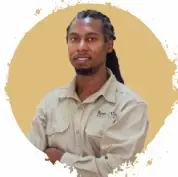
Jackson Solomon
Insider`s Take
To significantly minimize trail congestion, I recommend commencing your Kilimanjaro expedition on a Wednesday or Thursday. My analysis of past few years’ worth of climbing data indicates that these weekdays consistently see approximately half the number of trekkers compared to starts on other days, offering a notably more solitary experience.
Which Kilimanjaro Route Offers the Safest Ascent?
Safety on Kilimanjaro is intrinsically linked to acclimatization, meaning routes facilitating gradual ascent are generally considered safer.
However, the paramount factor in a safe expedition is the professionalism of your guides and the overall logistical organization. At B2C, our guides possess extensive experience, are certified in Wilderness First Responder protocols, and carry comprehensive medical kits, including oxygen tanks (we maintain more oxygen systems than many other operators combined). They conduct twice-daily health checks, vigilantly monitoring for and addressing any symptoms of altitude sickness. In the rare event of a more serious medical issue, our teams are fully trained to provide efficient first aid and coordinate immediate evacuation.
A critical exception is the Western Breach route, which is widely recognized as inherently dangerous due to a significant risk of rockfalls. Tragic incidents, including fatalities, have occurred on this route (e.g., 2006, 2015 rockfalls). Consequently, we strongly advise against attempting the Western Breach for most trekkers.
New to Kilimanjaro? Which Routes Pose the Greatest Challenge?
Budget tour operators frequently promote the 5-day Marangu and 6-day Machame routes. These shorter itineraries appeal due to lower costs, stemming from reduced climbing crew, fewer supplies, and decreased park fees.
However, these abbreviated climbs present significant acclimatization challenges. Both variations bypass a critical mid-journey day typically dedicated to altitude adaptation. This accelerated ascent can lead to inadequate rest and acclimatization, significantly increasing the risk of altitude sickness and potentially lowering summit success rates. (For context, a standard 7-day Machame route offers a significantly higher success rate than its 6-day counterpart).
Seven Kilimanjaro climbing routes
Kilimanjaro Trail Traffic Insights: Your Guide to Route Popularity
Ever wondered about the foot traffic on Kilimanjaro’s trails? Bush to City Adventures’ research from January to September 2024 offers highly accurate insights into overall hiker numbers across all popular routes. Below, we’ve compiled a detailed breakdown of each route, including variations, along with our expert observations:
Machame Route (16,111 hikers)
Affectionately known as the “Whiskey Route,” this is Kilimanjaro’s most frequented path. It delivers breathtaking views and a robust acclimatization profile. Starting at Machame Gate on the mountain’s southern slope, the route journeys through tropical rainforests and diverse climatic zones, culminating in the arctic desert of the summit area. The trailhead is also just a one-hour drive from your hotel in Arusha, making it easily accessible.
Lemosho Route (15,675 hikers)
Renowned for its unparalleled scenic beauty and excellent acclimatization, the Lemosho route has seen a significant surge in popularity over the past decade.
Marangu Route (14,794 hikers)
The “Coca-Cola Route” is another highly popular choice and unique as the only route offering dormitory-style hut accommodations for overnight stays. Beginning southeast of Kilimanjaro at Marangu Gate, the trail ascends to the summit and descends along the same path.
Rongai Route (1,397 hikers)
As the sole route beginning from Kilimanjaro’s northern slope, Rongai offers a distinct, less-traveled experience, making it ideal for climbing during the rainy seasons. It provides unique perspectives, passing by Mawenzi, one of Kilimanjaro’s volcanic cones, and its return via Marangu offers views of both sides of the mountain. Rongai is also an excellent option for those wishing to bypass the Barranco Wall.
Northern Circuit Route
This is Kilimanjaro’s longest route, offering trekkers a remarkably quiet journey and panoramic views from all sides of the mountain. Sharing its initial trailhead with the Lemosho route, it then diverges into a remote wilderness experience with minimal crowds and a more gradual slope, recommended for those seeking extended treks.
Umbwe Route (66 hikers)
One of the shortest and least crowded routes during its initial days. While the 6-day variation is designed for experienced high-altitude trekkers, the newer 7-day itinerary can be suitable for fit beginners. Despite a challenging first two days, the subsequent trek becomes more manageable.
Western Breach (Few Hundred Hikers)
This rarely used path offers a direct ascent to Kilimanjaro’s summit but carries a significant, inherent danger due to rockfall risks, which have unfortunately resulted in fatalities. Consequently, few operators navigate it, and we strongly advise most trekkers against attempting it.
While Kilimanjaro offers eight distinct routes to its summit, they are not entirely separate. Many trails converge and overlap at various points. For instance, the Rongai and Northern Circuit routes meet at School Hut Camp, while Lemosho, Machame, and Umbwe converge at Barranco Camp before continuing as a single path to the summit via the challenging Barranco Wall.

Jackson Solomon
Insider`s Take
The primary distinction between the Umbwe and Machame routes lies in their initial two days of ascent. The Umbwe route presents a more demanding start with an average incline of 21.5% during this period, compared to the Machame route’s 17%. Consequently, the Umbwe route is notably more challenging in its early stages. A significant advantage of the Umbwe route, however, is the considerably lower climber traffic experienced during these initial two days.
Selecting Your Ideal Kilimanjaro Route: A Personalized Approach
To choose the perfect route for your Kilimanjaro expedition, begin by envisioning your ideal climbing experience. Are you a passionate photographer seeking unparalleled scenic beauty? An experienced mountaineer eager for a new challenge? Or perhaps you’re planning a family adventure with teenagers, prioritizing a smoother ascent with optimal acclimatization?
Whatever your aspirations, we’re here to guide you. Our Bush to City Adventures team of experts has developed eight key questions designed to streamline your decision. As you consider each question below, feel free to take notes or eliminate routes that don’t align with your preferences.
By the end of this exercise, you’ll likely pinpoint one or two routes perfectly tailored to your dream Kilimanjaro adventure. Let’s begin!
1. Are you looking for the smoothest acclimatization profile and the highest success rate?
In that case, Lemosho 7 and 8-day itineraries could be your number 1 choice for the best route to climb Kilimanjaro. Yet, as we said previously, 7-day itineraries on the majority of routes would offer good acclimatization and strong success rates
2. Tents or Huts: What's Your Preferred Accommodation?
Your choice of overnight shelter can significantly shape your Kilimanjaro experience. Do you envision a comfortable night under the stars, or do you prefer the security and shelter of a permanent structure?
The Marangu route is unique as the only option providing dormitory-style hut accommodations. If sleeping in a hut is a non-negotiable for you, then the Marangu route is your clear choice.
However, rest assured that sleeping in a tent on Kilimanjaro is often far more comfortable than anticipated. At Bush to City Adventures, our custom-designed, four-season tents are built for comfort, warmth, and robust weather protection, ensuring a restful night’s sleep. Thousands of our clients annually commend the comfort provided by our snug sleeping bags and thick mattresses.
Beyond comfort, tents offer an immersive, closer-to-nature experience, whereas communal huts can sometimes be crowded. Additionally, at Bush to City Adventures camps on Mount Kilimanjaro, you’ll find spacious dining tents, and the option to book private portable toilet and shower tents for added convenience.
Routes that offer hut accommodation:
Marangu route 5 & 6 days
Routes that offer comfortable tents:
All routes except Marangu route
3. Conquering Kilimanjaro During the Rainy Season?
For expeditions planned during Kilimanjaro’s rainy season (typically November-December and March-May), the Rongai and Marangu routes present highly advantageous options.
The Rongai route is uniquely positioned on the northern side of the mountain, which receives significantly less precipitation compared to the southern slopes. This meteorological advantage often translates into drier trekking conditions.
Conversely, the Marangu route offers the distinct benefit of its hut accommodations. These permanent structures provide superior shelter and comfort, offering a secure refuge from inclement weather, a considerable advantage over tented camps during periods of heavy rain.
Opting for either the 6-day Marangu or the 7-day Rongai route during these periods allows trekkers to mitigate weather-related challenges while still experiencing an unforgettable Kilimanjaro ascent. Participants should, however, remain prepared with appropriate rain gear.
4. Seeking Kilimanjaro's Most Spectacular Vistas?
For trekkers prioritizing unparalleled scenic beauty, the Lemosho (Shira), Machame, and Umbwe routes are highly recommended. These trails, predominantly on Kilimanjaro’s western and southern flanks, offer an extraordinary journey through all of the mountain’s climatic zones. This progression showcases a dramatic transformation from vibrant rainforests to the iconic summit glaciers.
A distinct advantage of these southern routes is the presence of unique flora, such as the Kilimanjaro Giant Groundsels, and a remarkable diversity of landscapes. This richness in biodiversity is directly attributed to the significantly higher precipitation these southern slopes receive compared to the northern side.
In contrast, the northern routes, Rongai and the Northern Circuit, while offering their own charm, are generally considered less diverse in terms of panoramic scenery.
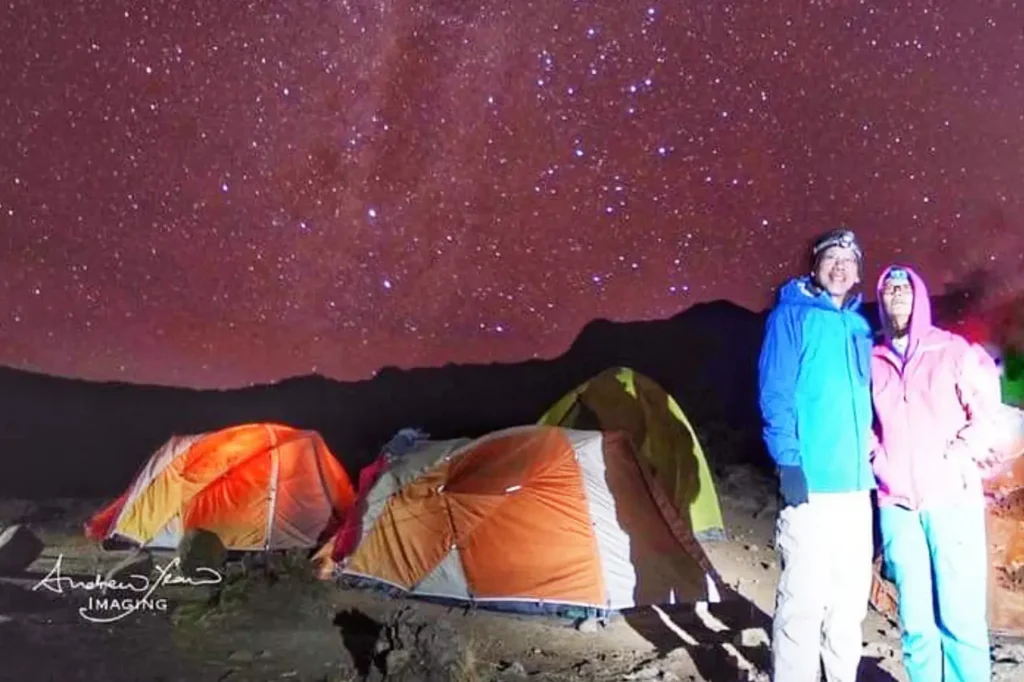
Stargazing on Mount Kilimanjaro
It is also important to note the Marangu route’s distinct characteristic of using the same path for both ascent and descent. While still offering picturesque views, this shared trail inherently limits the variety of landscapes encountered and contributes to higher congestion due as ascending and descending groups frequently converge.
Our Top Scenic Routes:
Lemosho route (6-8 days)
Machame route (6-7 days)
Umbwe route (6-7 days)
5. Prior Trekking Experience or Acclimatization?
Kilimanjaro offers diverse routes suitable for every experience level. For seasoned trekkers with prior high-altitude experience or exceptional physical conditioning, shorter 5–6-day itineraries like the 6-day Machame or 6-day Umbwe can be considered. These faster-paced routes demand a robust physical base and a precise acclimatization plan, but they offer a rewarding and diverse adventure for experienced climbers.
Recommended Routes:
For Beginners:
Lemosho route (7-8 days)
Machame route (7 days
Rongai route (7 days)
Northern Circuit route (8 days)
For Experienced Trekkers / Prior Acclimatization:
Lemosho route (6 days)
Machame route (6 days)
Marangu route (5-6 days)
Umbwe route (6 days)
Rongai route (6 days)
6. Considering Time and Budget for Your Expedition?
If your time or budget is limited, it might be tempting to choose shorter itineraries like the 6-day Machame or 5-day Marangu. However, remember that these condensed climbs are significantly more challenging and generally have lower summit success rates due to reduced acclimatization time. We strongly advise opting for 7-day itineraries or longer if you lack prior high-altitude experience or extensive trekking background.
Should you have the luxury of an extended vacation, consider complementing your Kilimanjaro adventure with a wildlife safari in Tanzania’s renowned national parks, or unwind for a few days on the pristine beaches of Zanzibar or other stunning Indian Ocean islands. This allows for a truly immersive experience of all that Tanzania has to offer.
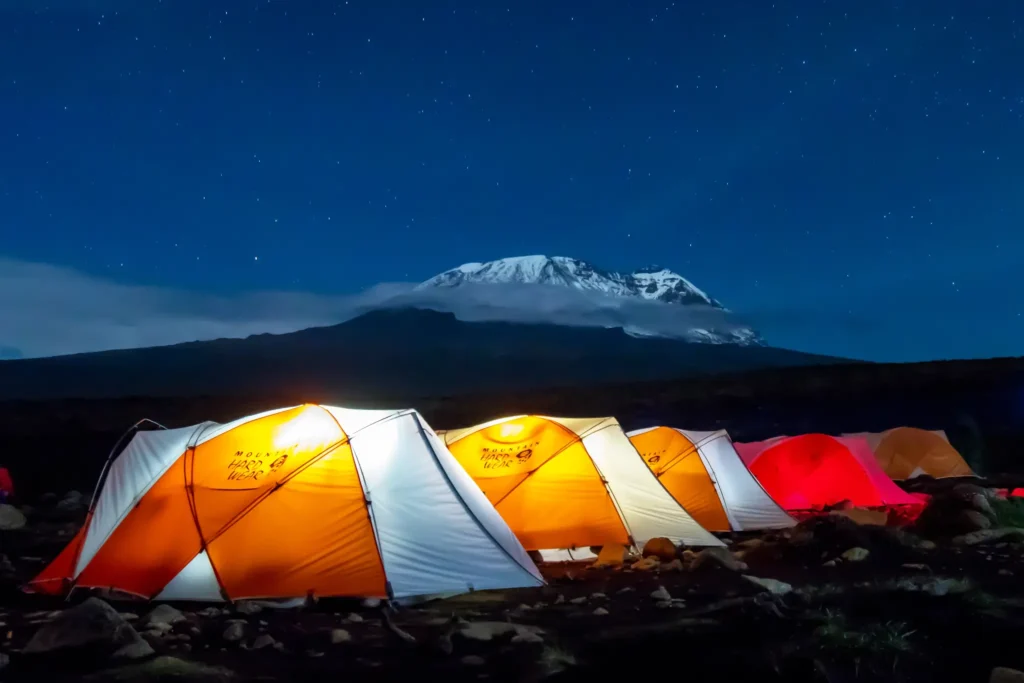
Premium Tents for Your Adventure
7. Seeking Unique Experiences: Crater Camping on Kilimanjaro?
For a truly unparalleled Kilimanjaro experience, consider adding crater camping to your expedition. Bush to City Adventures offers 9–10-day itineraries that include the extraordinary opportunity to camp inside Kibo’s ancient volcanic crater, at an elevation of 5,750 meters (18,865 feet). Imagine spending a night under the brilliant Milky Way within the highest of Kilimanjaro’s three volcanoes—a privilege experienced by fewer than a hundred of the 40,000+ annual trekkers. An itinerary featuring crater camping typically extends to 9-10 days. Our specialists are ready to help you design a customized expedition to include this remarkable adventure.
Routes that can incorporate crater camping:
All routes except Marangu.

Reconnecting and bond with Love ones
8. Interested in Extreme Sports on Kilimanjaro?
Mount Kilimanjaro offers more than just trekking; it’s a unique playground for extreme sports enthusiasts. If you’re passionate about mountain biking, Bush to City Adventures now proudly offers specialized expeditions along the Kilema route, a dedicated trail for mountain biking on the world’s highest freestanding mountain.
Contact us today, and our experts will be delighted to craft a custom Mount Kilimanjaro adventure that perfectly aligns with your extreme sports aspirations.
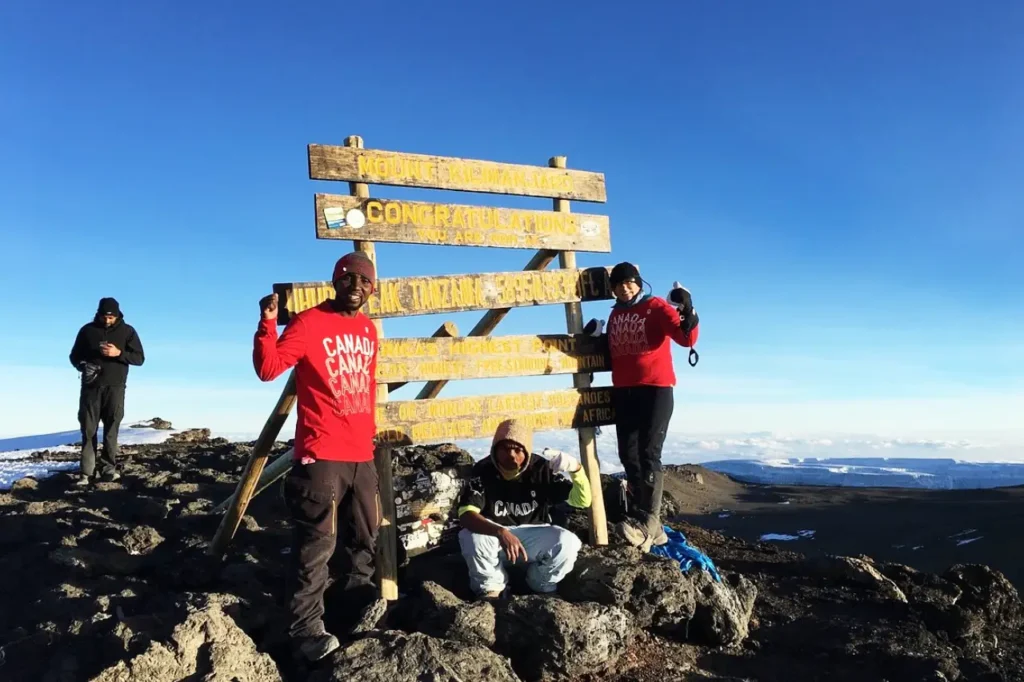
Dedicated Team Canada Summiting at Uhuru Peak
The Bottom Line
We trust this comprehensive guide has provided valuable insights into Mount Kilimanjaro’s diverse routes, empowering you to select the ideal path for your dream expedition.
Should you require further clarification or have additional questions, please do not hesitate to contact our Kilimanjaro experts. You may also explore our TripAdvisor page or delve into the Bush to City’s blog, which offers a wealth of articles covering all aspects of Kilimanjaro climbing.
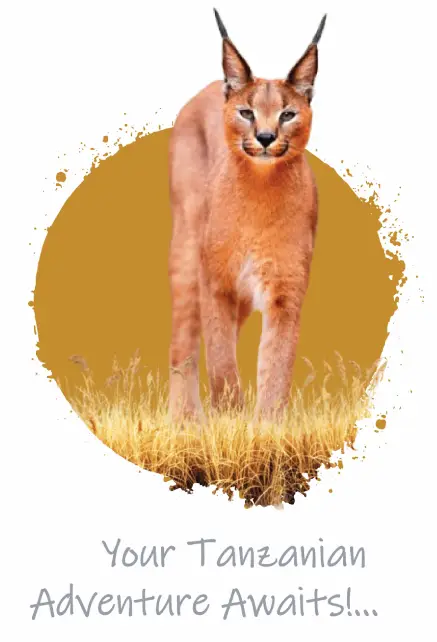
Request a program
EXCELLENTVerified Best trip ever We booked this 13 days best of Kenya and Tanzania luxury tour with Jackson, the owner of the company. It was privet tour. He answerd all our questions. Added one extra day in Nairobi. Everything was very organized .And the nice touch to the trip was that Jackson meet with us in the middle of the tour.The guides- drivers Patrik and Ali are the best! They are very knowledgeable and experienced guides and great people. The best! They new where to go to find animals. And we saw all of them!All the lodges and camps were excellent. All of them were inside the parks. It's very important not to waist time,while you'd like to see animals. It was amazing to see animals and birds walking on camp or lidge territory, you can here at night elephants or lions make noise.The food was delicious! Mostly it was buffet. If you need to take lunch box , chef would come to your tabe and ask what to cook for you (at camps).The most important part of the trip are people . They are so nice! I'd like to say special thanks to people from. Sametu camp. Ian, Alex and everyone else made out stay feel like being at home with my friends. Thanks to everyone for making our trip unforgettable!Verified Kenya and Tanzania Safari We had a fantastic Safari with Bush2city across Kenya and Tanzania. Our guides John and Ali had outstanding experience and extremely knowledgeable and the accommodation was first class. We can highly recommend Bush2city for your safari!!Verified Life changing experience This was a life changing adventure, from the start with Jackson answering a million questions to the end seeing the big 5- but what was most special was our guide - ally -he made us feel at home, safe and comfortable- his knowledge of the area is incredible driving ability outstanding and his personality infectious. If a safari is on your list please take my advice and book with bush 2 cityVerified Better than I imagined! Mali @ Bush2city tailored our trip to maximize the variety of safari experiences while considering our requests & preferences. She was also responsive to our inquiries/requests during our trip. When a camp was closed due to flooding, she provided alternate options.All of our accommodations & hosts were great or exceptional. Our safari guide Steve for 3 days in Kenya was knowledgeable, patient regarding our questions, fun-loving, & determined to provide a full safari experience.Ally, our guide in Tanzania for 10 days, was knowledgeable about game animals, other desert animals & birds. Not only did he locate animals prior to other guides (frequently alerting other guides), but many times he spotted animals & waited, anticipating their behavior. Therefore, we saw several animal crossings, hunting, training offspring, & 2 male elephants fighting. He was fun-loving, patient with us, & filled-in when a subcontractor needed assistance.I always felt safe with our guides driving & the lodge environments. All the people worked tirelessly to provide a welcoming & memorable experience.Verified Absolutely fantastic!!! Our trip with Bush2City was amazing! Mali from the company took care of everything for us...arranging wonderful hotels and camps! If any issue arose, she was right there to help! Our guides, Steve and Ally were amazing and made it even a better experience! They both were very attentive to all our needs and made sure we were safe and comfortable. Both were extremely knowledgeable, kind, friendly, helpful and had a wealth of knowledge! They made sure we saw the big five as well as so much more! Absolutely incredible and I could not say enough good things about them both! Our favorite camp was in the Central Serengeti, Sametu. The food and staff were amazing ( shout out to Ramadhan and the xhef). Accommodations were wonderful and the property was magical. From start to finish everything was wonderful. All the camps had their own unique charms and everywhere the staff was amazing! Thank you to all who made our trip/experience absolutely wonderful!!! A trip of memories that will last a lifetime!!!Verified Absolutely fabulous The trip was absolutely fabulous and Mali from Bush2City was wonderful to work with! She took care of everything for us and would quickly respond to all of our questions and needs. Our guides, Steve and Ally, were incredible and we feel so fortunate to have had them both!!! We already miss them! Our favorite camp was Sametu where Ramadhan took incredible care of us! The food was superb and the accommodations outstanding! We enjoyed wonderful drinks with an amazing sunset there. My one complaint, would have liked to stay there for another day or two to actually enjoy the property.Huge thank you to Mali, Steve, Ally, Ramadhan and all the others that had any part in our incredible adventure!Oh, and we saw plenty of the big 5 as well as every other animal we expected and didn't expect to see!Thank you all for an incredible trip!Verified Bush2city is amazing!! I highly recommend We did a 6 days luxury safari covering terengire, lake manyara, serengeti, and ngorongoro crater. We went as a family of four, with two kids aged 6 and 8. It was our and our kids favorite vacation of all time. Everything was exquisitely organized by Maliwaza, including a birthday surprise cake for my youngest. Our guide Hussein was the best. He went above and beyond to seek out animals we wanted to see. He arranged each day based on our interest, preferred schedule, and energy levels. We were able to see the big five and many many more, thanks to him. The hotels camps chosen were better than I ever expected, in location, comfort and luxury. I highly recommend this company and especially Hussein.Verified Ally is the goat Absolutely amazing vacation! Ally is hands down the best driver and guide you could ask for. His knowledge of the area and instincts for finding wildlife are truly unmatched—he knew exactly where to go and when, and thanks to him, we saw way more animals and incredible sights than anyone else we talked to on other tours. Every stop felt intentional and special, and it was clear that Ally genuinely loves what he does. If you're booking a safari, do yourself a favor and ask for AllyVerified Excellent tour operator with the best guide and driver Ally. Bush2City is outstanding tour operator. The guide and driver Ally exceeded our expectations in every respect. He went beyond and above his duty to show us animals in the game drive. I think he is one of the best guides and drivers in Tanzania. All the lodgings were excellent. It was our best vacation ever! Thanks to Bush2City.Verified Awe-inspiring and luxurious! My wife and I chose to visit Tanzania and Zanzibar for our honeymoon, starting with a Safari trip in Tanzania. We did a lot of research, and after weeks of searching, we decided to go with Bush2City. The whole process of booking was brilliantly handled by Martha, with great communication and always able to answer our queries.The trip itself was amazing, our guide was Hussein who was a great host - as well as an avid photographer (who we are glad to see is up and running again with his photography after not having a camera for a while). Hussein helped ensure we got to see all of the Big Five, including the elusive Leopard that we have never managed to see before. The accommodation was amazingly luxurious and food was incredible! We would definitely be using them again when we return for another visit!
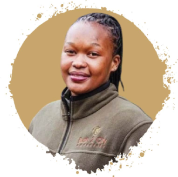
Ready for Your Next Great Adventure?
Get Your Custom Travel Plan in Just 3 Hours!


